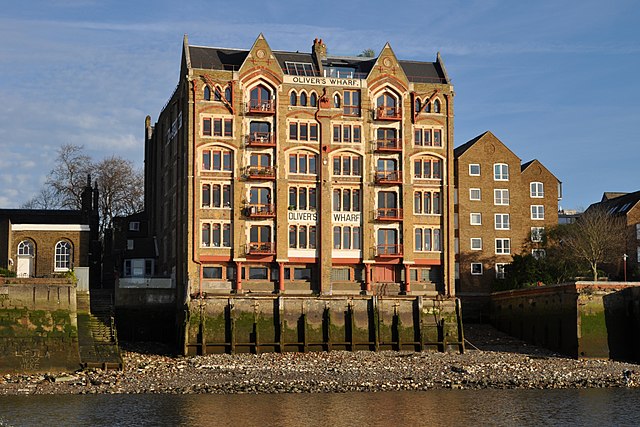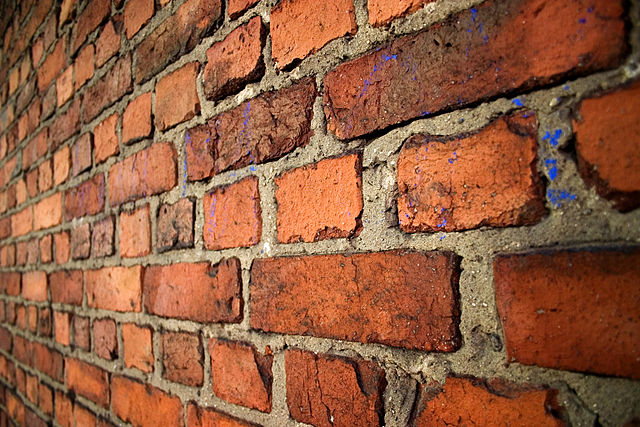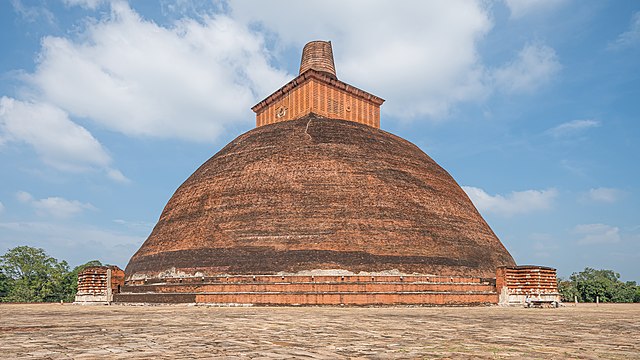London stock brick is the type of handmade brick which was used for the majority of building work in London and South East England until the increase in the use of Flettons and other machine-made bricks in the early 20th century. Its distinctive yellow colour is due to the addition of chalk. Another important admixture is 'spanish', which is made up of ash and cinders from incinerated waste and rubbish. The spanish ignites on firing and reduces fuel costs at the firing stage. London Stocks are still made in comparatively small quantities in traditional brickworks, mainly in Kent and Sussex, for heritage work, and machine-made versions are available for use where a cheaper approximation to the traditional product is acceptable. Red stock bricks are also fairly common, but only the yellow or brown bricks are usually known as London stocks.
Wall in Islington
London stock bricks, rather dimly lit
Georgian houses in Bedford Square, London, built from London stock bricks showing discoloration due to atmospheric pollution
Oliver's Wharf, a Victorian warehouse, showing yellow London stock brick
A brick is a type of construction material used to build walls, pavements and other elements in masonry construction. Properly, the term brick denotes a unit primarily composed of clay, but is now also used informally to denote units made of other materials or other chemically cured construction blocks. Bricks can be joined using mortar, adhesives or by interlocking. Bricks are usually produced at brickworks in numerous classes, types, materials, and sizes which vary with region, and are produced in bulk quantities.
A single brick.
A wall constructed in glazed-headed Flemish bond with bricks of various shades and lengths.
An old brick wall in English bond laid with alternating courses of headers and stretchers.
The ancient Jetavanaramaya stupa of Anuradhapura in Sri Lanka is one of the largest brick structures in the world.








